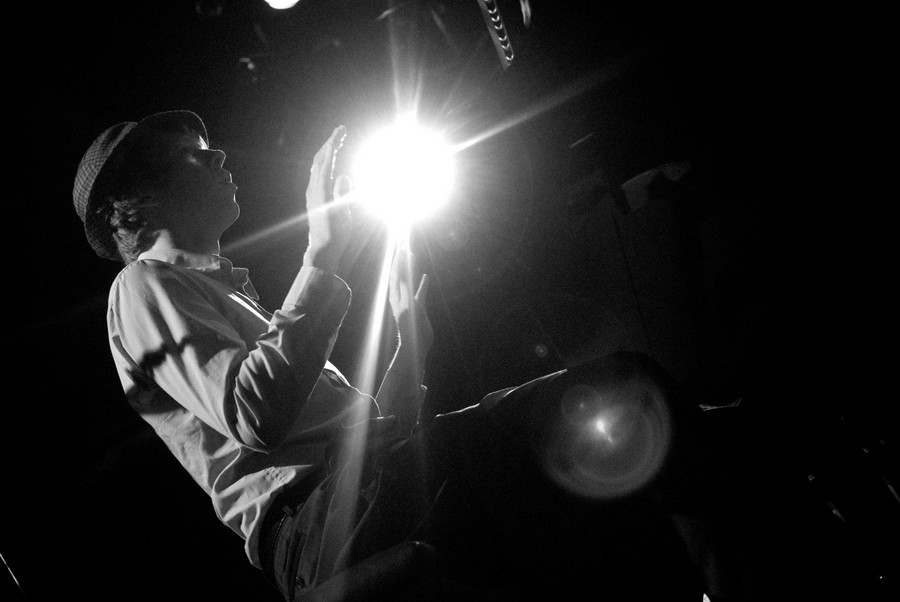THE PIANO AS A FIELD OF SONIC POTENTIAL
How does a solo performer create dialogic and interactive music when there is only one person on stage? And how can solo performers create a kind of inner dialogue in their music?
This is Søren Kjærgaard's focus in his artistic research project (AR) entitled 'Multi-layeredness in Soloperformance'.
"In a lot of improvisational music, the music grows from the interaction between the playing musicians. From that point of view, solo performing is a challenging format because you are alone on stage and not in direct musical communication with anyone else." Søren Kjærgaard explains, and continues:
"But when listening to some solo performers in improvisational music, they can create an inner dialogue within their material, where different layers and voices respond to each other. I believe there is a potential in investigating how a solo performer can work with simultaneous layers in the development of the musical material. To open up a differential field (of sounds, movements, gestures) within the given solicity of a solo performer, and engage in a more dynamic interaction with the material and the performative situation."
THE TOPOGRAPHY OF THE PIANO
As part of his project, Søren Kjærgaard experiments with using hand held objects to alter the conventional sound. This instrument approach is called preparation, and was developed by American experimental composers Henry Cowell and John Cage.
"Transforming the sound of your instrument using objects is well known. For example, if you are a guitarist, you can play with a slide that changes the sound. You can do the same with the piano by placing different objects in the sound harp, so it suddenly sounds like something completely different - a singing bowl, a finger snap or a swarm of bees. So I really perceive the piano as a rich field of sonic potential. However, my approach is to create these sonic transformations (between the well-tempered and non-tempered) by movement, action, rather than having objects prepared, prepositioned. In some sense it relates to the choregraphic aspects of piano playing: the player as a mover and the very motion as a transformative force made audible in the encounter between player-piano, body-instrument." Søren Kjærgaard says.
RELEVANCE & DIALOGUE
The artistic research project is completed with a series of concerts, a release of new works and a publication with the artistic and methodological reflections.
"I do not know how the finished work will sound or what direction the material is going to take. The process will spur that, and that is one of the exciting aspects of artistic research, of artistc practice in general. You might have a course set and you may navigate for some cardinal points, but you never know where you end. An important aspect of artstic research, however, is that it is relevant to other contemporary musicians and composers who work within your field. Therefore, it is about finding a balance between my own process and the field in which I move, and to be in dialogue with that field."
The project 'Multi-layered solo performances' is supported by the Danish Ministry of Culture and is expected to be completed in late 2017.
Søren Kjærgaard will blog about the process on rmc.dk.
